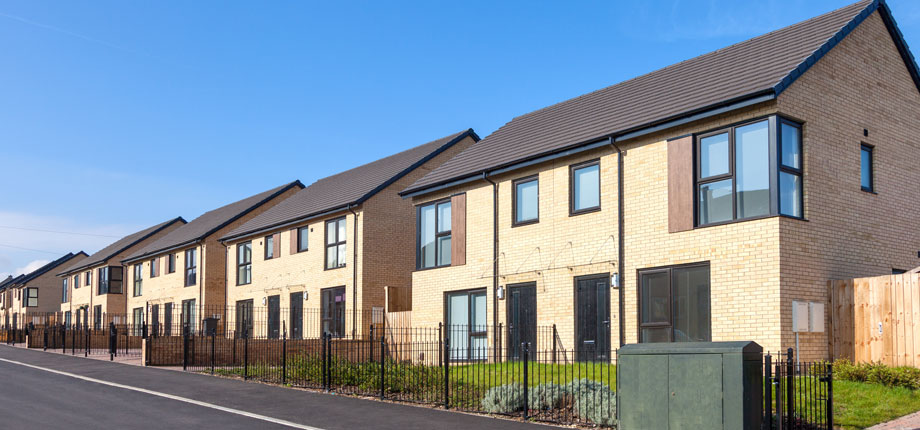It’s perfectly understandable that many people are struggling to feel the Christmas spirit, as yet another year is added to the number of years of failure in housing policy. 2020 will definitely be one for the history books. Of course, the Covid pandemic naturally stole our focus, but in truth, there still exist a myriad of issues afflicting the housing sector that were around before the virus and will continue to make people’s lives difficult going forward if we do not come together as an industry to solve them. Housing Association Magazine’s Joe Bradbury takes a look at what the social housing sector needs in 2021.
Thanks to the mass selling off of our social housing stock, coupled with the failure to meet the necessary demand for new housing, millions of Brits now feel insecure in unaffordable homes that they’ll never own. Unless we take action, young families of the future will wind up trapped in a cycle of renting privately for their whole lives, with billions in welfare costs being paid to private landlords.
There are 4.1m social homes in England and Wales. 2.2 million people rent from local authorities and 1.9 million from other social landlords (mainly housing associations). The waiting list for council housing in England alone is expected to double to 2m next year, as thousands of people face the threat of eviction as a result of draconian lockdown measures and the subsequent financial fallout.
Britain needs social housing more than ever.

Industry analysts suggest we need to be building 3.1 million more social homes over the next 20 years in order to provide hope and security for those in need and a step up for young families trying to get on and save for their future.
A 20-year programme such as this will provide a return on investment in 39 years, with a cost of £10.7bn a year on average – reduced to £3.8bn when savings in benefits and increased taxes are considered.
So, in case you are wondering where the money will come from to pay for all this, it’ll be worth it from a financial point of view, especially compared with the £21bn spent on housing benefit every year and our £62bn budget for capital expenditure. Building new social homes is a better use of money.
However, knowing how many houses we need is only part of the solution... where we will build them is another matter. Planning is notoriously tricky in this country and social housing providers are now screaming out to government for urgent land reform. We need to reduce the cost of land for social housing quick, along with any other barriers for building, so that landowners are paid a fair market price for their land, rather than the price it might achieve with planning permission that it does not actually have.
Only then do we stand a chance of meeting demand.
Financial support for those in need
As if things weren’t bad enough for people as it is, the benefit freeze continues to push low income families to the brink, with more than nine in ten homes for private rent (94%) too expensive for those on housing benefit, even though two thirds of these families (65%) are in work.
This highlights how inadequate the Local Housing Allowance now is for the 1.3million families who rely on it to cover the high cost of private rent.
Levels of poverty and debt are increasing across the board, forcing families with children to live in overcrowded and poor quality accommodation, if they’re lucky. Families who can’t find anywhere affordable to rent are finding themselves homeless. The number of homeless children in temporary accommodation has increased by 83% since 2011 to 126,020.
Sadly, this figure is actually expected to rise next year rather than fall, thanks to the damages caused by the government’s response to Coronavirus.
Low income families are unable to access social housing due to the sheer shortage of it and can’t access enough housing benefit to rent privately either. This cannot be ignored and in 2021 the government will need to do something about this, in the form of increasing LHA payments in line with at least the bottom 30% of rents, build more social housing and ensure there are secure and affordable homes for the families of the future.
The ongoing issue of fuel poverty
NEA estimates that fuel poverty affects 3.5 million UK households – that’s 12.9% of all households. As we hyper focus on deaths attributable to the virus, one can’t help but wonder how many more people will make it onto the Government’s ‘Excess Winter Deaths’ report this year, and if their lives might have been spared by something as simple as a heat pump?
26,500 people died last year from living in a cold home. The fuel crisis has no place in a modern world.
In summary
2021 will likely be spent picking up the pieces of this fractured year. Let’s make social housing the bedrock on which to build from.
This article and other blog’s by Joe Bradbury appear regularly on Mitsubishi Electric’s The Hub
- Log in to post comments













